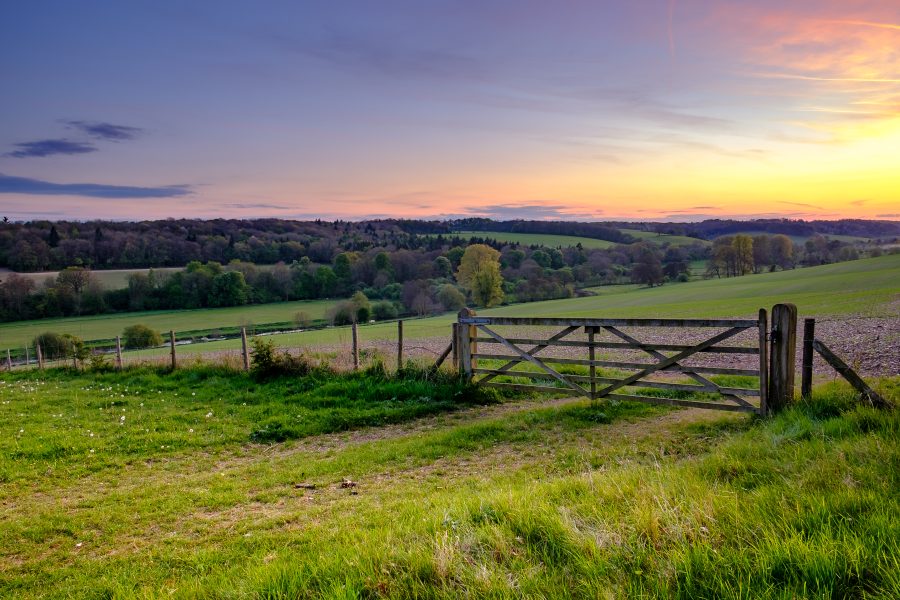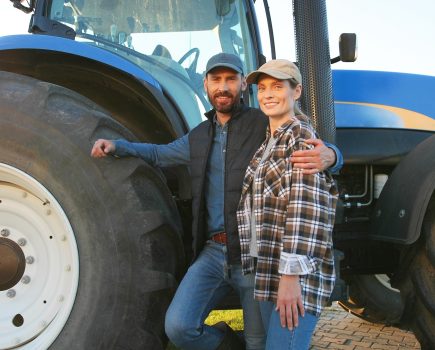Dawn Cole, senior associate in commercial property at Brachers, explains how public rights of way could be created over your land, and how to prevent it.
The term ‘public right of way’ is used to denote a minor ‘highway’, such as a footpath or bridleway, which can be lawfully used by the public at all times, regardless of whether or not the land is in private ownership. How the right can be exercised differs depending on its type. For example, a bridleway may be used by pedestrians, riders on horseback and pedal cyclists. Some public rights of way can even be used by motorised vehicles.
The exercise of public rights of way can be burdensome for the landowner. For instance, landowners must ensure that the right of way is maintained, that animals do not prevent the public from using it and that gates or stiles are kept in good condition. Landowners must also not exhibit notices that discourage the public from using the way.
How can a right of way arise?
It is helpful for landowners (as well as the public) to be aware of the location of current public rights of way and how new rights can arise.
The ‘definitive map’ and its accompanying ‘definitive statement of public rights of way’ together comprise a legal record maintained by the local council of public rights of way. The council is also under a duty to ensure that such rights of way are maintained for public use. These are public documents that are usually available to view at the council’s offices or via the council’s online portal.
Despite the use of the word ‘definitive’, definitive maps and statements are not comprehensive. Historic routes of public rights of way often go unrecorded (but are still public rights of way) and new routes may become established that could be the subject of an application to note them on the definitive map and statement.
New public rights can be created by ‘express dedication’. As the term suggests, they are made by the landowner expressly dedicating the land for such public use.
Alternatively, ‘presumed dedication’ can arise if land has been enjoyed for use as a right of way by the public as of right, and without secrecy or interruption, for 20 years (in some cases a shorter period is sufficient).
Preventing new rights of way
A landowner can attempt to defend new claims to presumed dedication by demonstrating that they lacked the intention to dedicate the land as a public highway. This could be shown by actions such as:
- Preventing people from using the route e.g. by locking gates for some days
- Restricting use of the highway to a particular class of person (meaning access is not available to the public at large)
- Challenging users of the route
- Displaying notices making it clear that there is no right of way.
These methods are not always sufficient to ward off a claim, however.
A good way to prevent a public right of way developing is to lodge a highways ‘statement’ and plan (and thereafter a ‘declaration’) to the relevant council which identifies any current public highways on the owner’s land, for entry on the definitive maps.
The ‘declaration’ confirms that there is no intention to dedicate any more public rights of way. Provided the declaration is made before a new public right of way has been established by at least 20 years’ use as of right, it will stop the clock and prevent any such new public right of way coming into existence. Such declarations need to be renewed every 20 years (every 10 years in respect of pre-2013 statements) to prevent a claim for a public right of way by 20 years’ use.
Be aware that the council will not issue reminders to landowners to renew their ‘declaration’ every 20 years, so the onus is on the landowner to note and remember when a new declaration should be lodged.
If you are worried that public rights of way could be created and registered against your land, seek legal advice.







